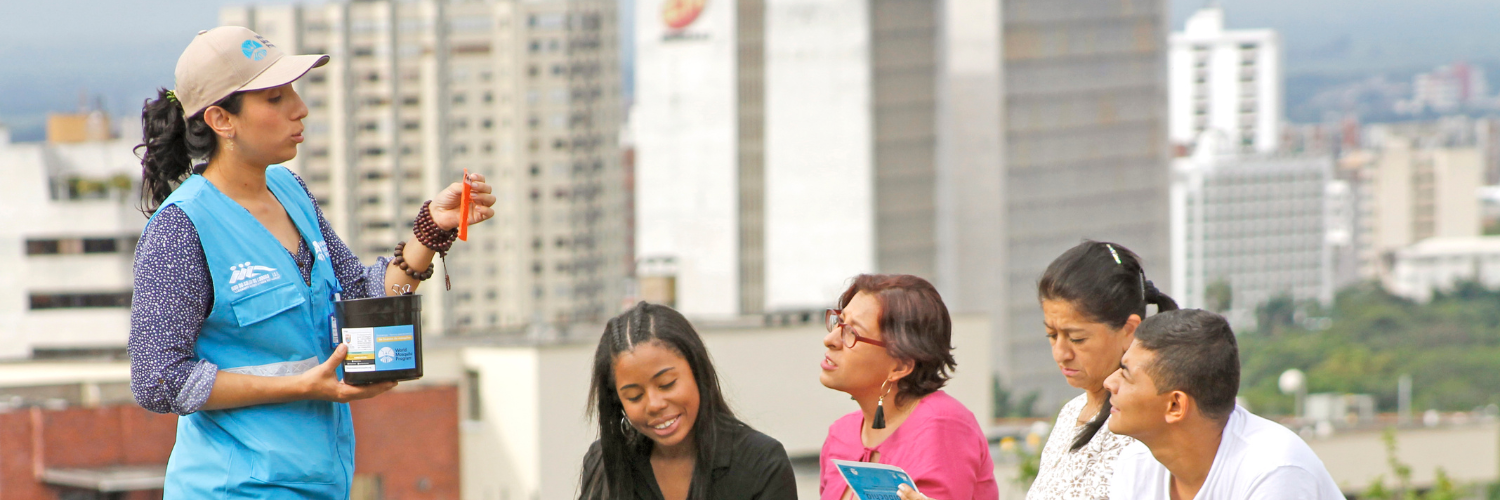When the World Mosquito Program began, dengue fever was the primary focus of our research. It is still an important focus.
According to the World Health Organization, dengue fever is one of the top ten global health threats – it's also the most rapidly spreading. There has been a 30-fold increase in global incidence over the past 50 years.
Common symptoms of dengue include fever, rash, nausea and aches and pains, lasting up to a week. Some people with dengue develop complications that can result in internal bleeding, shock and even death. Severe dengue requires careful monitoring in hospital.
There are four serotypes of dengue virus, all of which can cause disease. Prior infection with one dengue serotype is a risk factor for developing later infections.
More about dengue
- 1Where does dengue occur?
Dengue can occur anywhere that Aedes aegypti mosquitoes live. The most significant dengue epidemics in recent years have occurred in Southeast Asia, the Americas and the Western Pacific. Approximately 141 countries are affected.
- 2How many people are affected by dengue?
More than half of the world’s population is at risk of dengue infection.
Each year, an estimated 390 million dengue infections occur around the world, resulting in up to 36,000 deaths.
- 3How is dengue spread?
Dengue spreads where Aedes aegypti mosquitoes are present. This mosquito is commonly found in and around homes, where it breeds in small water containers. When an Aedes aegypti mosquito bites someone with dengue, it can become infected and transmit the virus to another person when it bites again.
- 4How is dengue treated?
There is no specific medical treatment for dengue, which has flu-like symptoms. Monitoring for warning signs of severe disease is important. Urgent medical intervention is required if indications of shock or bleeding develop, as these complications can be lethal.
- 5How can we help prevent dengue?
Conventional strategies for dengue control rely heavily on reducing the number of water-holding containers that support mosquito breeding, and using insecticides to suppress the mosquito population. However, it is challenging to achieve sustained reductions in mosquito numbers, and dengue outbreaks can still occur. Using personal repellents and wearing protective clothing can help to prevent mosquito bites
In contrast, the World Mosquito Program’s Wolbachia method doesn't aim to reduce the mosquito population, rather to replace it with Wolbachia mosquitoes. This helps block the transmission of dengue, as well as other viruses transmitted by Aedes aegypti mosquitoes, such as Zika, chikungunya and yellow fever.
Our research shows that in communities where high levels of Wolbachia mosquitoes are present, the incidence of dengue and other Aedes-borne diseases is significantly reduced.
Fact sheet
Download this information about dengue, its symptoms, treatments and prevention techniques.





